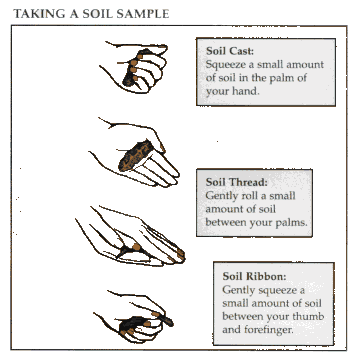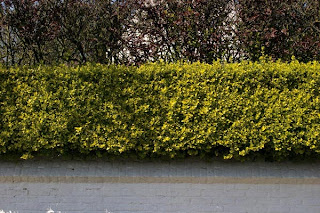Actual Temperature
13 degrees Celsius
Humidity : 85%
Rainfall : 0.00mm
Wind : Strong wind
In the morning class was with Lisa Short on Soil Unit on topic of Improving Soil Structure. An additional to applying fertiliser and water and providing satisfactory drainage a good soil structure must be maintained if plants are to grow well. Methods of maintaining and improving the physical condition of a soil are :-
13 degrees Celsius
Humidity : 85%
Rainfall : 0.00mm
Wind : Strong wind
In the morning class was with Lisa Short on Soil Unit on topic of Improving Soil Structure. An additional to applying fertiliser and water and providing satisfactory drainage a good soil structure must be maintained if plants are to grow well. Methods of maintaining and improving the physical condition of a soil are :-
- Adding Organic matter
- Green Manuring
- Crop Rotating with Grassing Down Phase
- Mulching with Organic Residues
- Adding Lime and Gypsum
- Adding Synthetic Soil Conditioners
- Raising Planting Beds
- Minimum Disturbance No-digging or Zero Tillage
- Cultivation or Tillage
- Timing of Cultivation
- Digging
- Raking
- Hoeing or Rotary Hoeing
We went to L Block Nursery to feel analysis the texture of the soil. Lisa brought three types of soil that is sandy loam, silt loam and loam soil. Excessively wet small pinch of soil in palm and rub with forefinger for sandy loam, silt loam and clay loam. We analysis whether feel very gritty or feel very smooth or predominates.
Completing a Soil Analysis The first step toward preparing a site for planting is to undertake a soil analysis. The soil on a particular site can vary from one section to the next - it is important to understand the condition of the soil so you can make the appropriate plant selection. With a soil test, you will be able to select the best plants for the existing soil conditions, or if necessary, recondition your soil to improve its quality. The first step toward preparing a site for planting is to undertake a soil analysis. The soil on a particular site can vary from one section to the next - it is important to understand the condition of the soil so you can make the appropriate plant selection. With a soil test, you will be able to select the best plants for the existing soil conditions, or if necessary, recondition your soil to improve its quality.
| ||||||||||||||||||||||||||||||
In the afternoon we have practical class with Kim Thomas on hedge pruning. The hedge pruning we covered was behind L Block in Polygrow Nursery and front portion in L Block. The plants are Ligustrum ovalifolium and Westringia fruticosa. (Coastal Rosemary).
Before pruning Ligustrum ovalifolium
Before pruning Westringia fruticosa.
A hedge is usually compromised of shrub, trees which are planted and trained in such a way to a barrier to make a boundary of an area. A hedge is a row of plants which are planted closely together. Many deciduous and evergreen shrubs that respond to clipping by producing dense, compact growth can be used for garden hedges. Clipping the hedges is only pruning to achieve a particular purpose.
Formal hedges require regular restrictive clipping or trimming to maintain their shape. The main purpose of formal hedge is to provide a barrier, screen or wind-break. The aim, therefore, must be to produce a hedge of the require height and width that is well- furnished with growth through out. Formal hedges should always be slightly tapered on both sides so that the base is wider than the top. If a hedge, particularly of an evergreen shrub, is wider at the top than at the base it is liable to be damaged and the branches opened up by severe winds or snow.
Informal hedges, however, need only sufficient pruning to prevent them from becoming overgrown with straggly, wayward shoots. Informal hedges can be also be extremely attractive and have the advantage of requiring less pruning and maintenance than formal hedges. Those flowering and produce berries are usually delayed until the berries have disappeared.
Pruning section adjourned at 3.00pm.





No comments:
Post a Comment